News
-
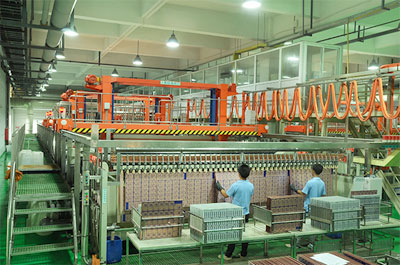
Analysis of three main reasons for PCB rejection
The PCB copper wire falls off (also commonly referred to as dumping copper). PCB factories all say that it is a laminate problem and requires their production factories to bear bad losses. 1. The copper foil is over-etched. The electrolytic copper foil used in the market is generally singl...Read more -
PCB industry terms and definitions: DIP and SIP
Dual in-line package (DIP) Dual-in-line package (DIP—dual-in-line package), a package form of components. Two rows of leads extend from the side of the device and are at right angles to a plane parallel to the body of the component. The chip adopting this packaging method has two rows of pins, w...Read more -

Wearable device requirements for PCB materials
Due to the small size and size, there are almost no existing printed circuit board standards for the growing wearable IoT market. Before these standards came out, we had to rely on the knowledge and manufacturing experience learned in board-level development and think about how to apply them to u...Read more -

6 tips to teach you to choose PCB components
1. Use a good grounding method (Source: Electronic Enthusiast Network) Ensure that the design has sufficient bypass capacitors and ground planes. When using an integrated circuit, make sure to use a su...Read more -
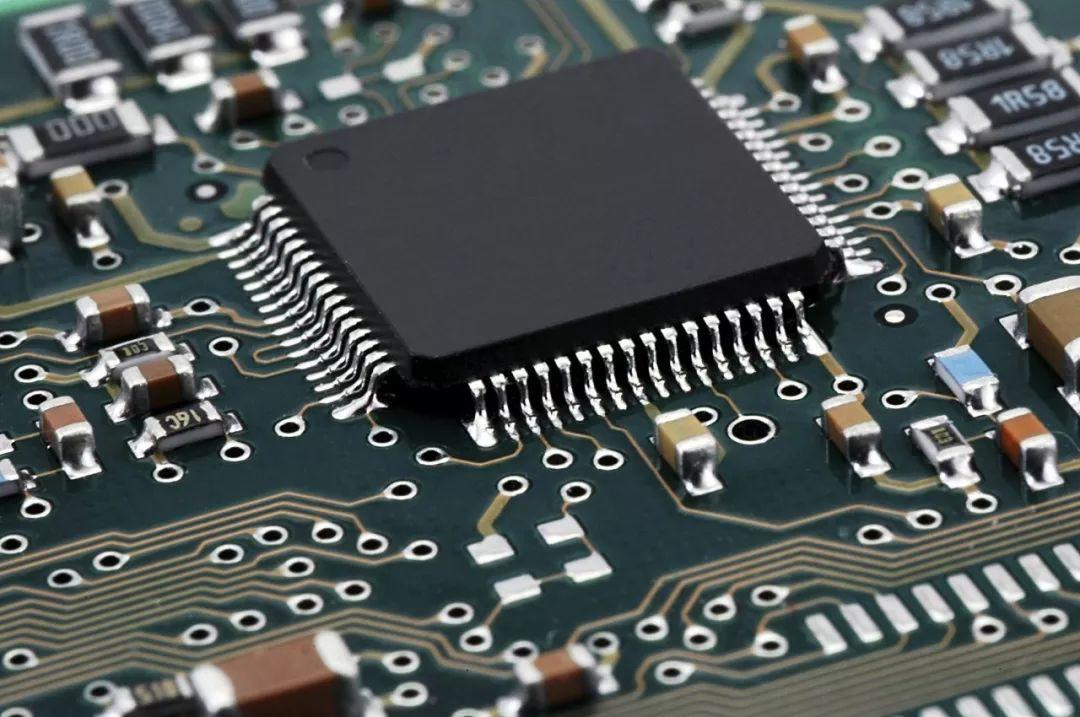
Gold, silver and copper in the popular science PCB board
Printed Circuit Board (PCB) is a basic electronic component widely used in various electronic and related products. PCB is sometimes called PWB (Printed Wire Board). It used to be more in Hong Kong and Japan before, but now it is less (in fact, PCB and PWB are different). In Western countries and...Read more -
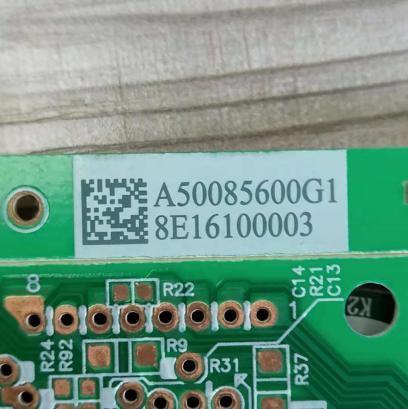
The destructive analysis of laser coding on PCB
Laser marking technology is one of the largest application areas of laser processing. Laser marking is a marking method that uses a high-energy density laser to locally irradiate the workpiece to vaporize the surface material or cause a chemical reaction to change color, thereby leaving a permane...Read more -
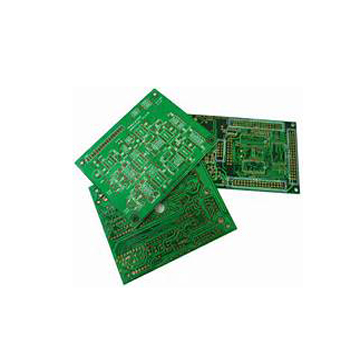
6 tips to avoid electromagnetic problems in PCB design
In PCB design, electromagnetic compatibility (EMC) and related electromagnetic interference (EMI) have always been two major problems that have caused engineers to headache, especially in today’s circuit board design and component packaging are shrinking, and OEMs require higher-speed syste...Read more -
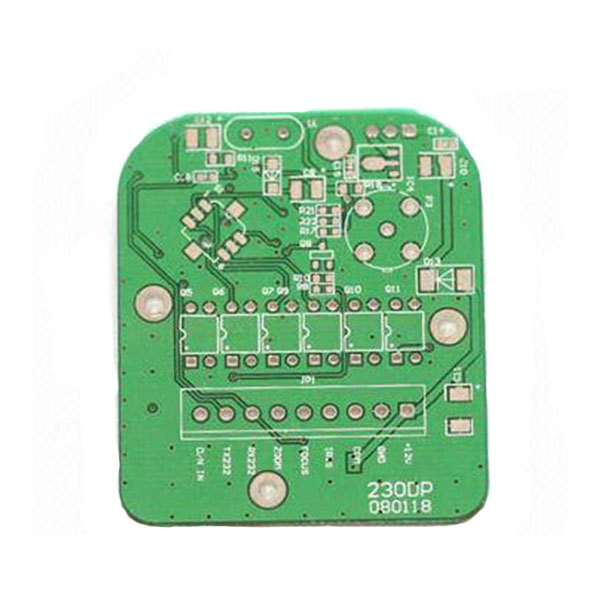
There are seven tricks for LED switching power supply PCB board design
In the design of switching power supply, if the PCB board is not designed properly, it will radiate too much electromagnetic interference. The PCB board design with stable power supply work now summarizes the seven tricks: through the analysis of the matters needing attention in each step, the PC...Read more -
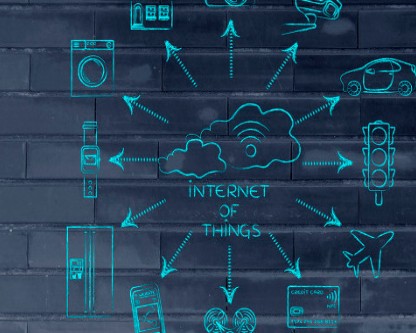
The future of 5G, edge computing and the Internet of Things on PCB boards are key drivers of Industry 4.0
The Internet of Things (IOT) will have an impact on almost all industries, but it will have the greatest impact on the manufacturing industry. In fact, the Internet of Things has the potential to transform traditional linear systems into dynamic interconnected systems, and may be the biggest driv...Read more -
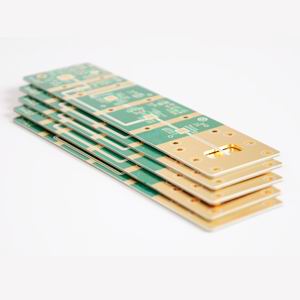
Characteristics and applications of ceramic circuit boards
Thick film circuit refers to the manufacturing process of the circuit, which refers to the use of partial semiconductor technology to integrate discrete components, bare chips, metal connections, etc. on a ceramic substrate. Generally, the resistance is printed on the substrate and the resistance...Read more -
Basic knowledge of PCB circuit board copper foil
1. Introduction to Copper Foil Copper foil (copper foil): a kind of cathode electrolytic material, a thin, continuous metal foil deposited on the base layer of the circuit board, which acts as the conductor of the PCB. It easily adheres to the insulating layer, accepts the printed protective...Read more -
4 technology trends will make the PCB industry go in different directions
Because printed circuit boards are versatile, even small changes in consumer trends and emerging technologies will have an impact on the PCB market, including its use and manufacturing methods. Although there may be more time, the following four main technology trends are expected to maintain the...Read more








